Connections between vaccinations, consumer spending likely to impact 2022 economic outcomes
by December 29, 2021 2:52 pm 1,410 views
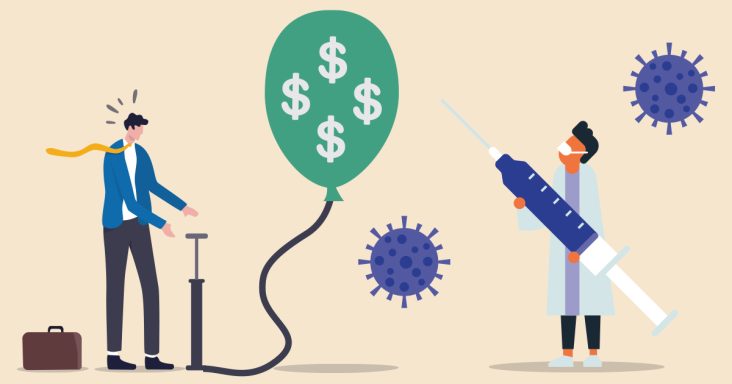
The 2022 economy is brought to us by the letter I, with impacts driven by inflation and infection (COVID-19) and the word “if.”
If inflation and infections inch lower or if the supply chain bottleneck improves, or if international politics are stable, then the U.S. and Arkansas economies will continue to grow.
And we haven’t yet mentioned interest rates.
And we haven’t included the possible insertion of another insidious COVID variant into the inputs.
And infrastructure. Injection of federal infrastructure spending in 2022 could boost the economy — and maybe inflation. But inflation related to higher labor costs could subside if infections decrease — if more folks get vaccinated — and more people feel comfortable entering the workforce.
“The real concern for policymakers is how to turn the tide on labor force participation. Labor is a critical component in supporting expanded investment by business and government. Without a reliable supply of trained talent, goods and service-producing firms must forego sales. In short, economic growth is not at its potential,” noted Dr. Latesha Settlage, dean of the College of Business at the University of Arkansas at Fort Smith.
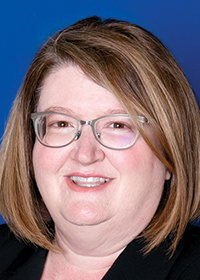
Mervin Jebaraj, director of the Center for Business and Economic Research (CBER) at the Sam M. Walton College of Business at the University of Arkansas, often cited labor force issues.
“Unemployment rates are pretty close to normal around here, but the labor force participation is much lower than it used to be, so we’re still missing people from the workforce. Some of that is going to take a long time to get back,” Jebaraj told the Northwest Arkansas Business Journal in a recent interview.
Arkansas’ October unemployment rate was 3.7% and below 3.5% in October 2019, before the pandemic hit the state economy. But the labor force participation rate fell from 58.3% in October 2019 to 57% in October 2021, meaning almost 16,000 fewer state residents were actively seeking jobs.
More vaccines in more arms, nationwide and globally, are the key to boosting labor force numbers, lowering inflation and addressing supply chain issues, according to Jebaraj. He noted that many who left the workforce because of COVID concerns might return — especially with rising wages — if vaccinations rates were higher, resulting in fewer active cases, hospitalizations and deaths. Also, a more reliable school schedule could cause more people to re-enter the labor market. And a more confident global population might spend more money on services than goods, which could pull pressure off the supply chain.
“Most of the supply chain issues have to do with COVID still being a real threat in many parts of the world,” Jebaraj said.
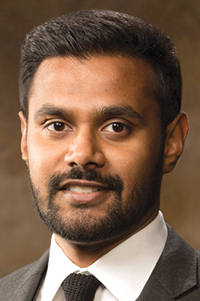
A recent Fitch Ratings report lends credence to his assertions. The report notes that 61.8% of the U.S. adult population was in the labor force in November, down from 63.4% in January 2020. Fitch noted that the U.S. labor force is “3.6 million below where it would have been (allowing for population growth) if participation rates in each major age cohort had not fallen since January 2020.”
The global ratings agency also noted that “caregiving responsibilities due to the pandemic — primarily related to school closures or the threat thereof — are still keeping 1.1 million adults aged under 55” out of the U.S. labor market.
“And while there has been a rise in early retirement due to the pandemic, we estimate ‘excess’ retirements — over and above pre-pandemic trends — are only 1.6 million,” Fitch noted.
THE TRANSITORY QUESTION
Inflation is likely to stick around through 2022, according to Jebaraj, Settlage and Dr. Michael Pakko, chief economist and state economic forecaster at the Institute for Economic Advancement at the University of Arkansas at Little Rock.
“We are in a transitory phase whereby labor market and supply chain conditions are impacting aggregate supply, while aggregate demand continues to rebound from the pandemic. This trend is likely to continue into 2022. Consumer spending, business investment, a critical rebound in private inventories, bottlenecks in supply chains, and infrastructure package spending will all continue to provide upward pressure on prices,” Settlage noted in an email interview.
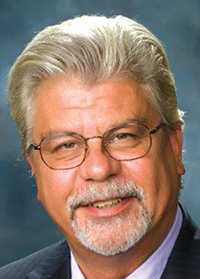
Pakko said inflation is “perfectly consistent with general market conditions” considering the shift in consumer behavior after March 2020, but is not likely a long-term situation.
“The fact that prices were depressed during the recession [particularly oil and other energy prices] means that measured inflation seems particularly severe a year later. As supply chains adjust and consumer demand tapers, these pressures should lessen,” he said.
Pakko sees a near-term resolution to supply chain issues, but some critical shortages could push in 2023.
“Supply shortages should become less apparent at the consumer level over the course of the year, but some high-demand commodities [like microchips] will continue to be in short supply, constraining production in some sectors. Assuming that consumer demand slows somewhat over the course of the year and that bottlenecks gradually get worked out of the system, there will still be noticeable disruptions extending to the end of 2022 or even into 2023,” he said.
Jebaraj expects inflation to be above the Federal Reserve’s long-term target of 2%-2.5% through “a large part of next year,” but also sees it declining, with fuel prices and critical commodities like lumber also seeing price moderation.
“I’m going to cheat and say that it’s transitory but say it’s slightly longer term than we expected,” Jebaraj said when asked about the inflationary cycle. “I don’t expect this inflation to be a permanent feature. It’s not structurally the same as what caused inflation at that time [1970s].”
Settlage and Pakko have slightly different views about how the Federal Reserve might respond to inflation.
“While the Fed has provided more than a subtle hint that bond purchases are coming to bring an early retirement to transitory inflation, there is a risk that overreaction could shock markets,” Settlage noted. “Given this, I don’t see the Fed following through on efforts to significantly target a rise in interest rates.”
Pakko predicts two rate hikes in 2022.
“Ongoing inflationary pressures will drive the Fed to wind down its bond purchases faster than presently expected. By the end of the year, I expect to see two increases in the Fed’s interest rate targets,” he said.
Pakko includes a caveat on inflation. Inflation will be checked if the Federal Reserve moves more quickly to halt stimulus. However, he added that it could lead to less economic growth in the short term.
“However, if the Fed persists in pumping liquidity into the economy and maintaining interest rates near zero, it will be adding fuel to the fire, and we’re likely to see sustained inflation take hold,” Pakko said.
ARKANSAS’ ECONOMY
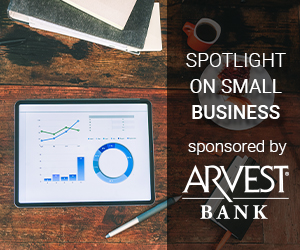 Pakko sees the state’s GDP rising by 4.2% in the fourth quarter of 2021 compared with the same quarter in 2020, with the growth moderating to 3% in all of 2022. Settlage pegs the state’s GDP (final estimate) at $152 billion in 2022, up from $144 billion in 2021.
Pakko sees the state’s GDP rising by 4.2% in the fourth quarter of 2021 compared with the same quarter in 2020, with the growth moderating to 3% in all of 2022. Settlage pegs the state’s GDP (final estimate) at $152 billion in 2022, up from $144 billion in 2021.
Settlage also estimates Arkansas economy sectors adding the most jobs in 2022 will be information, leisure and hospitality, and professional and business services. She said consumers are in a “low debt-to-income position” and will have money to spend in the state’s tourism sector. Higher wages will pull people into the manufacturing sector.
“The jobs are there for the willing and labor sitting on the sidelines cannot ignore the starting bonuses, higher wage opportunities, and great benefits/work environment present in today’s industrial firms forever,” she noted.
Pakko is also bullish on the state’s manufacturing sector, predicting that the state will add 8,000 net new durable goods manufacturing jobs in 2021. As for 2022, Pakko predicts healthcare and social assistance sectors will add more than 4,000 jobs, and professional and business services will add 10,000 jobs.
“When it comes to job growth going forward, service-providing sectors remain well-below pre-pandemic levels, with room for expansion,” he noted.
Jebaraj also sees service sectors posting job gains in 2022, “assuming we’re not dealing with COVID” surges and new variants. Noting that more money was given to consumers than ever before from federal stimulus packages, he also sees gains in professional business services and tourism sectors. Jebaraj estimates the average Arkansas household has netted around $14,000 from federal and state stimulus programs through the ongoing pandemic, such as unemployment benefits and child tax credits. However, “consumer purchasing will slow down” in late 2022 and into 2023.
